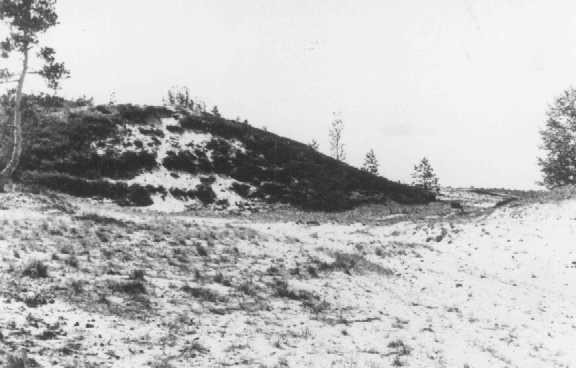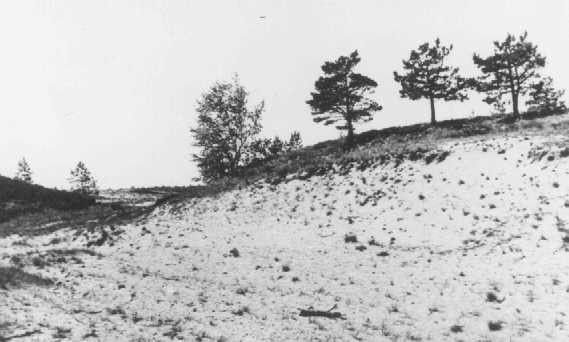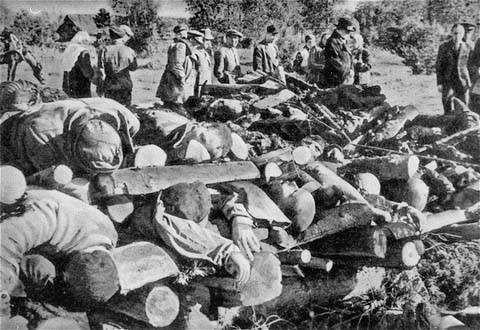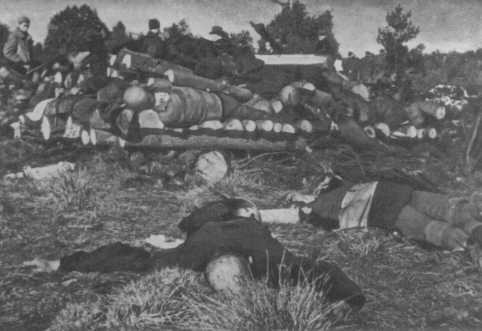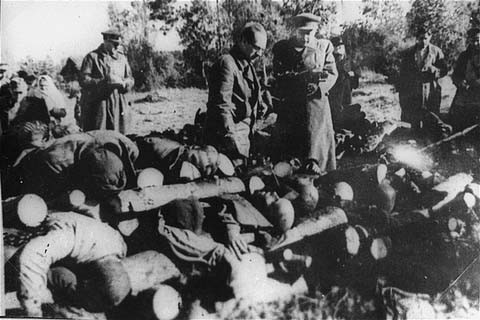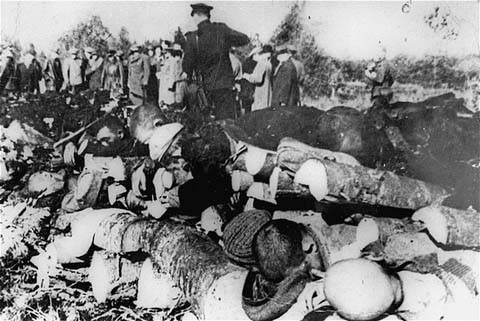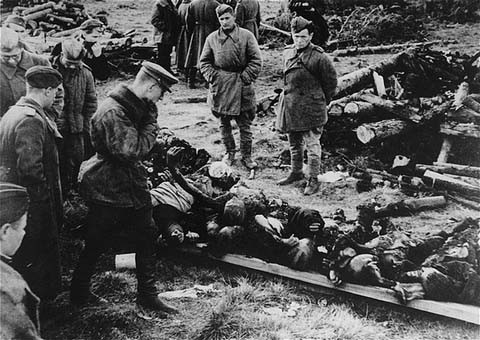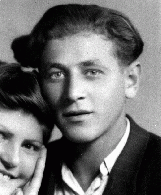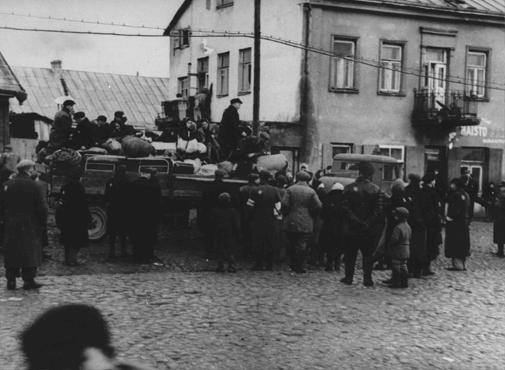
Estonia
Estonia is the northernmost and smallest of the Baltic states. Between 1940 and 1944, Estonia was occupied by the Soviets and then by the Germans. These occupations had a dramatic impact on Jews in Estonia.
Background
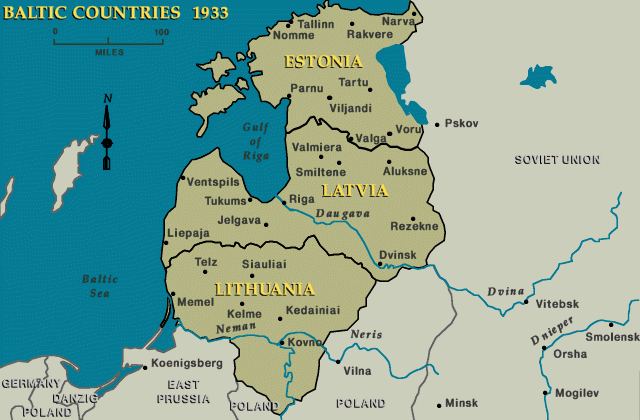
Estonia is the northernmost and smallest of the Baltic states. Between the end of World War I and 1940, Estonia was an independent republic. In 1939, the Jewish population of Estonia numbered about 4,500, a tiny percentage of the country's population. Almost half the Estonian Jews lived in Tallinn, the capital city. The rest lived in other towns, such as Tartu, Valga, Parnu, Narva, Viljandi, Rakvere, Voru, and Nomme.
Soviet Occupation, 1940
The Soviet Union occupied Estonia in June 1940 and annexed the country in August of that year. Soviet authorities forced Jewish institutions to disband. At least half of Estonian Jewry left the country during this period.
German Occupation
In summer of 1941, following the German invasion of the Soviet Union, the Nazis gradually occupied Estonia.
During the German occupation, Estonia was included in the Reich Commissariat Ostland, a German civilian administration which included the Baltic states and western Belorussia. From early on, the Germans subjected Estonian Jews to harsh measures including confiscation of property and forcing them to wear yellow badges identifying them as Jews. These measures were only temporary as the Nazis prepared to murder all Estonian Jews. German SS and police units, together with Estonian auxiliaries, massacred the Jews of Estonia by the end of 1941. No ghettos were created in Estonia during the German occupation.
Starting in 1942, tens of thousands of Jews from other European countries were sent to forced-labor camps inside Estonia. The main camp was Vaivara. Jewish forced laborers built military defenses for the German army and mined shale oil. Thousands of foreign Jews were also murdered at Kalevi Liiva. With the advance of the Soviet army in the fall of 1944, the Nazis evacuated the Estonian camps, as well as other camps throughout the Baltics. Some Jews were transferred by sea to the Stutthof concentration camp near Danzig. Many thousands were forced on death marches along the Baltic coast.
Soviet Annexation, 1944
In September 1944 the Soviet Union once again annexed Estonia as one of its republics. Although Jews who had fled Estonia to relative safety within the Soviet Union returned after the war, virtually no Estonian Jews still in the country at the time of the German occupation had survived.
After World War II
Critical Thinking Questions
- What pressures and motivations may have influenced officials and citizens to support measures to persecute and later deport some Jews in their country?
- How did the events of World War II affect the fate of the Jews of Estonia?
